Wolves have always been elusive creatures, their haunting howls echoing across vast wilderness while they remain largely hidden from human eyes. Still, cutting-edge technology is changing how we study these apex predators in remarkable ways. Researchers across the United States are now deploying sophisticated listening devices that capture wolf vocalizations 24 hours a day, revealing secrets about pack behavior that traditional tracking methods simply cannot uncover.
The revolution is happening through bioacoustics combined with artificial intelligence. These high-tech systems can identify individual wolves by their unique vocal signatures, much like human fingerprints. What researchers discovered has stunned even seasoned wildlife biologists, reshaping our understanding of wolf communication and social structures.
Wyoming: Yellowstone’s Revolutionary Wolf Whisperers
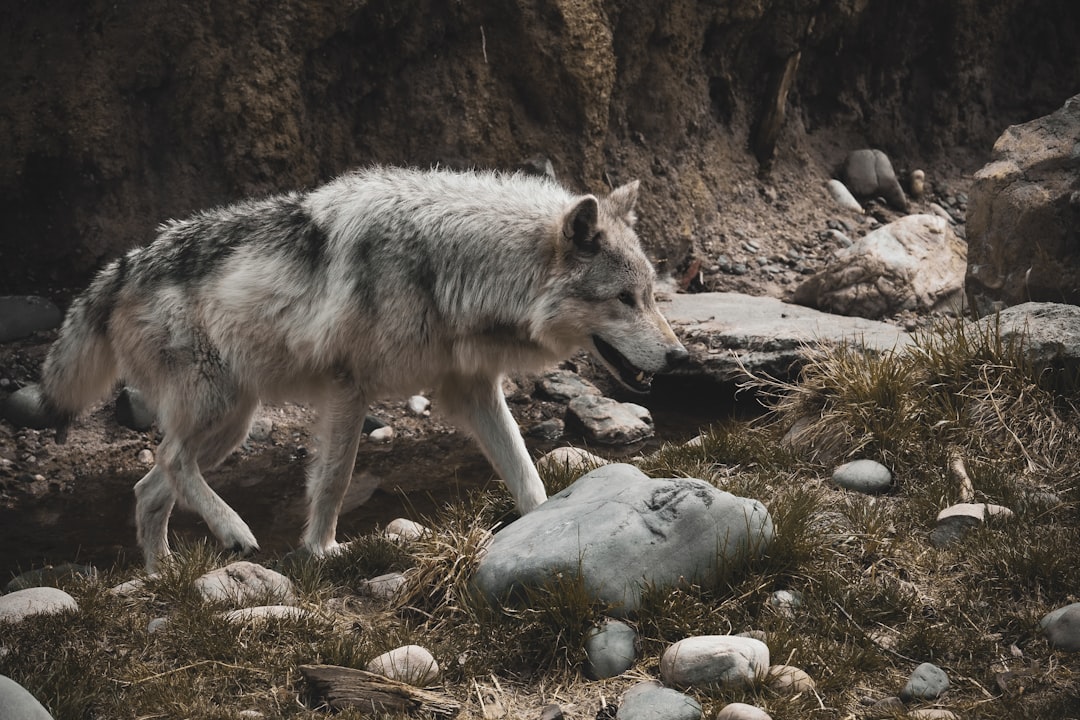
Researchers are using AI technology to capture wolves’ howls and their locations in Yellowstone National Park. The scientists of the National Park Service’s Yellowstone Wolf Project, which has been monitoring wolves across the Yellowstone landscape since they were reintroduced in 1995, have a new tool in their arsenal: Drilled to a tree near the wolf den, a recording unit runs 24/7, eavesdropping on the wolves’ conversations.
These recording devices represent a quantum leap in wolf monitoring technology. The recording devices can pick up a howl from over four miles away, giving scientists an idea of the wolf’s location in addition to the date and time it happened. Think of it as creating an acoustic map of wolf territories that updates itself every moment of every day.
Without the help of AI, it would be nearly impossible for the scientists to sift through the 30,000 hours of audio data that has been collected so far. The technology transforms what would take humans years to analyze into actionable data within days.
Idaho: Tribal Knowledge Meets High-Tech Monitoring
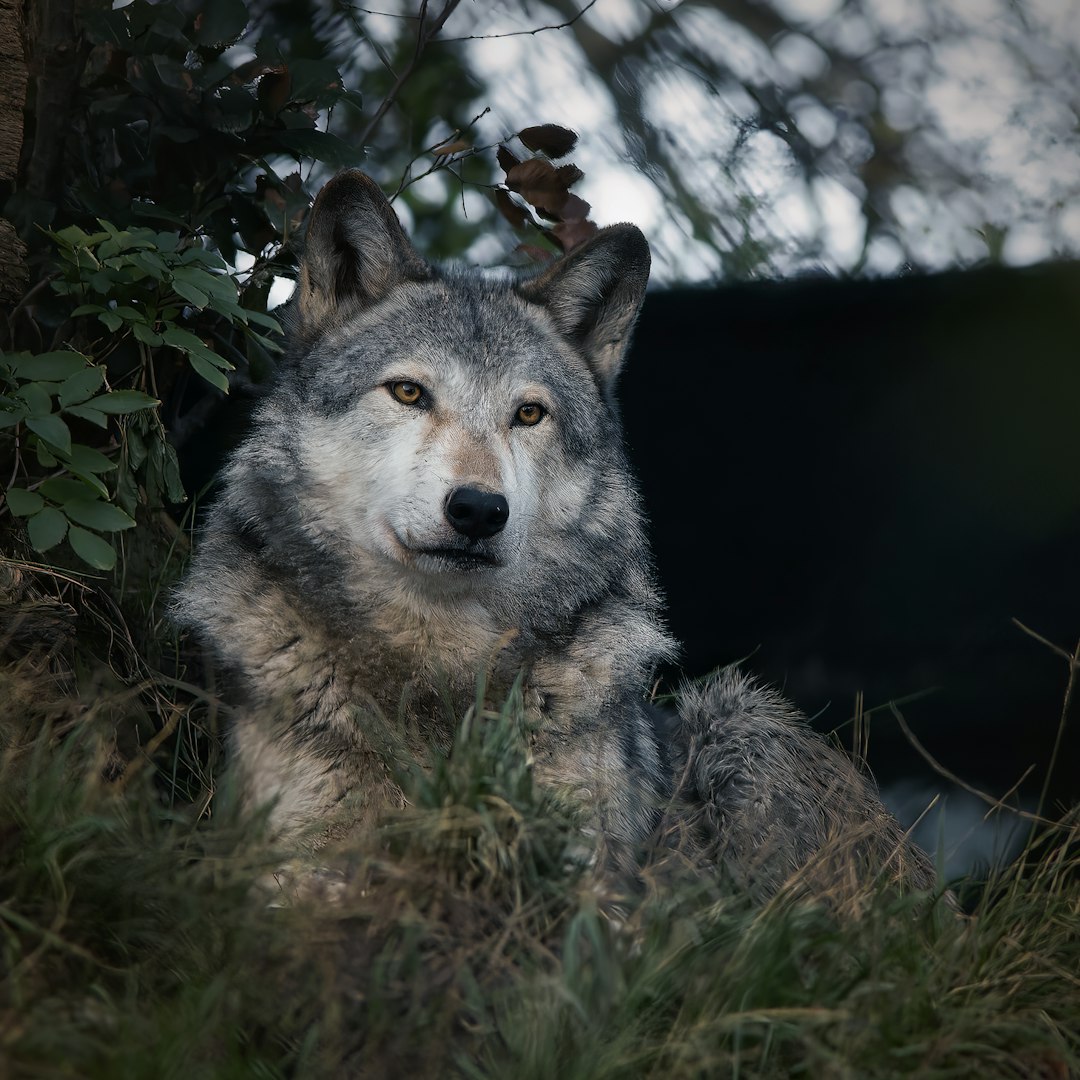
Working alongside the Nez Perce Tribe – long‑time leaders in wolf management across Idaho – the project will deploy a pilot network of GrizCam units on tribal lands. This partnership represents something truly revolutionary in wildlife conservation. By pairing technical training and data analysis support with the Tribe’s on-the-ground expertise and traditional ecological knowledge, the coalition will build local capacity for non-invasive wolf monitoring while honoring tribal sovereignty and deep cultural ties to the species.
Idaho has around 1,337 wolves within the state according to recent state wildlife agency estimates. Managing such a significant population requires innovative approaches that respect both scientific rigor and cultural values. The state’s collaboration with bioacoustics technology shows how modern conservation can honor traditional relationships with wildlife while gathering unprecedented data about wolf behavior.
The Nez Perce perspective adds crucial depth to the research effort. Integrating bioacoustic technology with our on‑the‑ground expertise will sharpen our ability to track packs and share data across tribal and federal boundaries.
Montana: Balancing Politics and Conservation Science
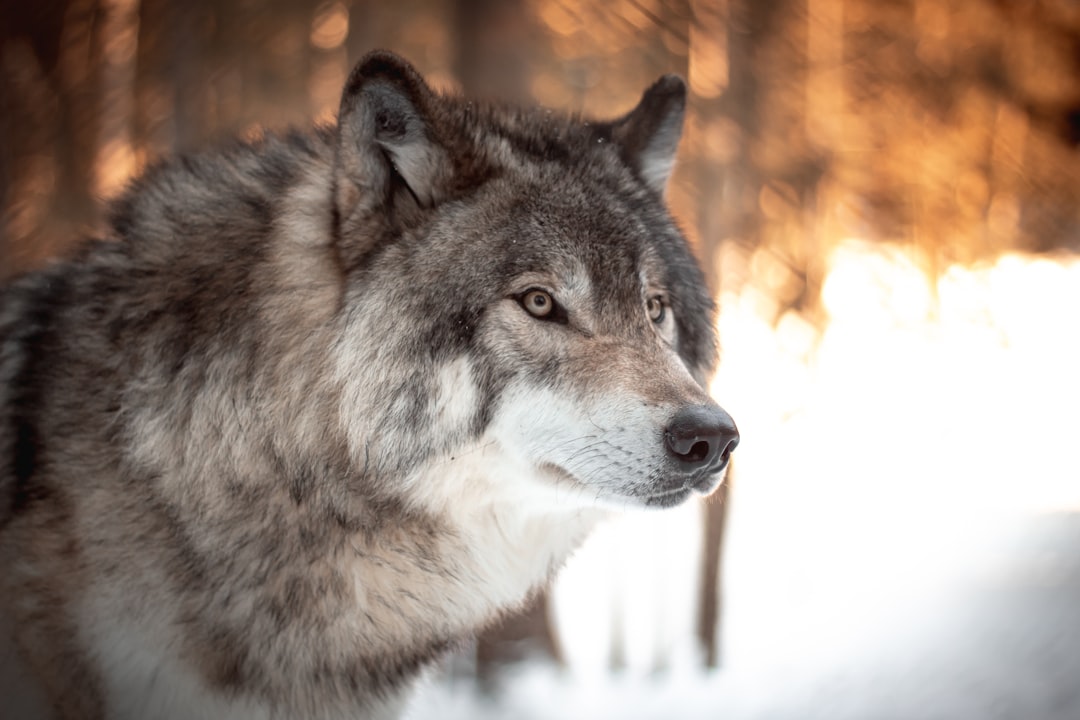
The gray wolf remains classified as endangered in the Western United States, excluding the Northern Rocky Mountains, where the species is considered recovered and remains under state management. Montana finds itself at the center of heated debates about wolf management, making bioacoustic monitoring particularly valuable for providing objective population data.
The states of Montana and Idaho recently adopted laws and regulations designed to substantially reduce the gray wolf populations in their states using means and measures that are at odds with modern professional wildlife management. This political backdrop makes accurate, non-invasive monitoring absolutely critical for conservation efforts.
Bioacoustic monitoring offers a way to track wolf populations without the controversy surrounding physical capture and collaring. The technology provides real-time data that can inform management decisions based on science rather than emotion or political pressure. Montana’s participation in these programs demonstrates how technology can bridge the gap between conservation goals and local concerns.
Michigan: Protecting Federal Wolves Through Sound
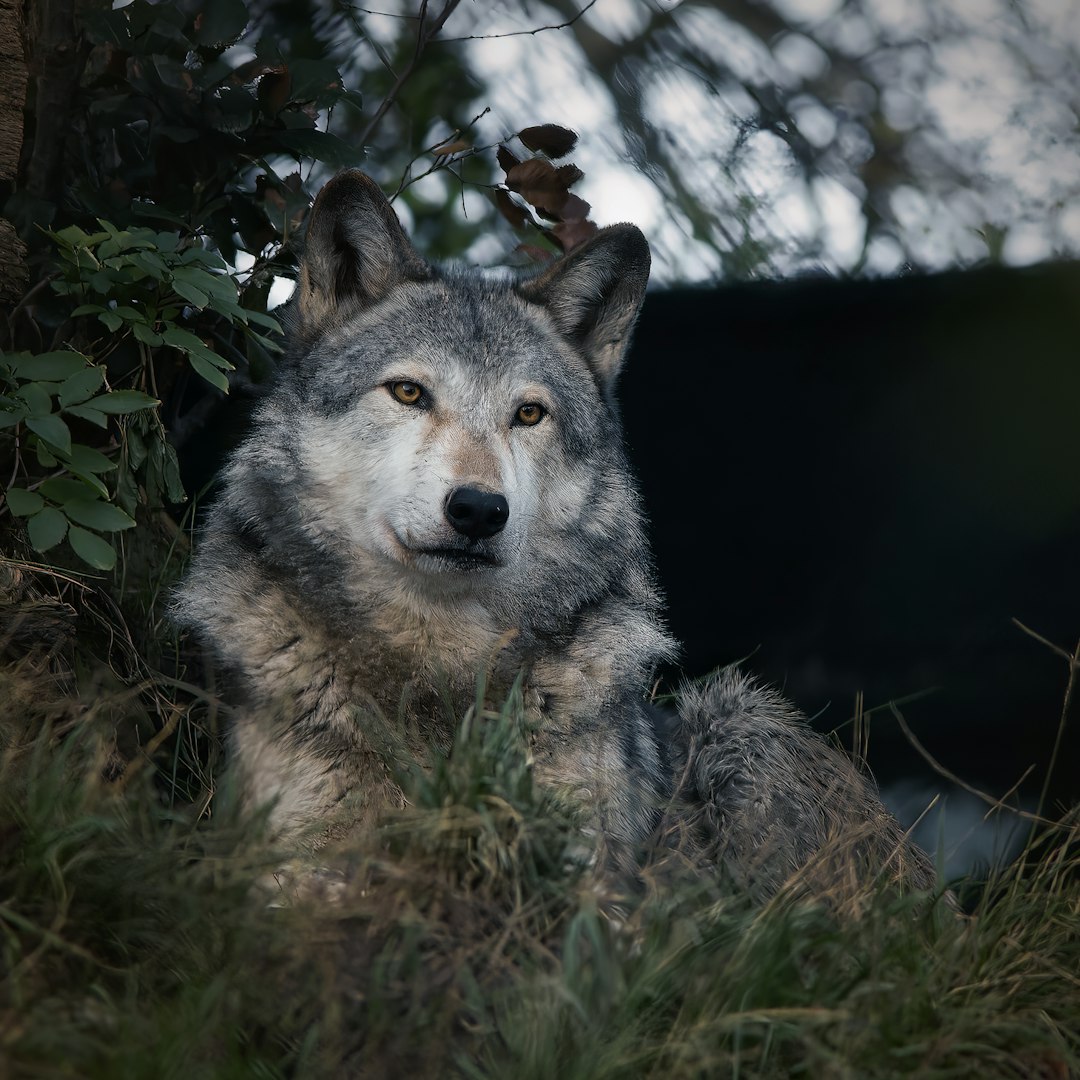
Wolves are protected under federal and state law in Michigan. The state’s approach to wolf monitoring emphasizes non-invasive methods that align with their protected status. Michigan’s forests provide ideal acoustic conditions for howl detection, with vast wilderness areas where wolf packs can communicate across long distances without human interference.
The Great Lakes region presents unique challenges for wildlife monitoring due to dense forest cover and harsh winter conditions. Traditional tracking methods become nearly impossible during certain seasons, making acoustic monitoring invaluable. Bioacoustic devices can operate through Michigan’s brutal winters, continuing to collect data when human researchers cannot safely access remote areas.
Michigan’s wolf population remains relatively small compared to western states, making every individual important for genetic diversity and population stability. The precision of modern bioacoustic systems allows researchers to identify individual wolves and track their movements between packs.
Wisconsin: Nocturnal Revelations in the Northwoods
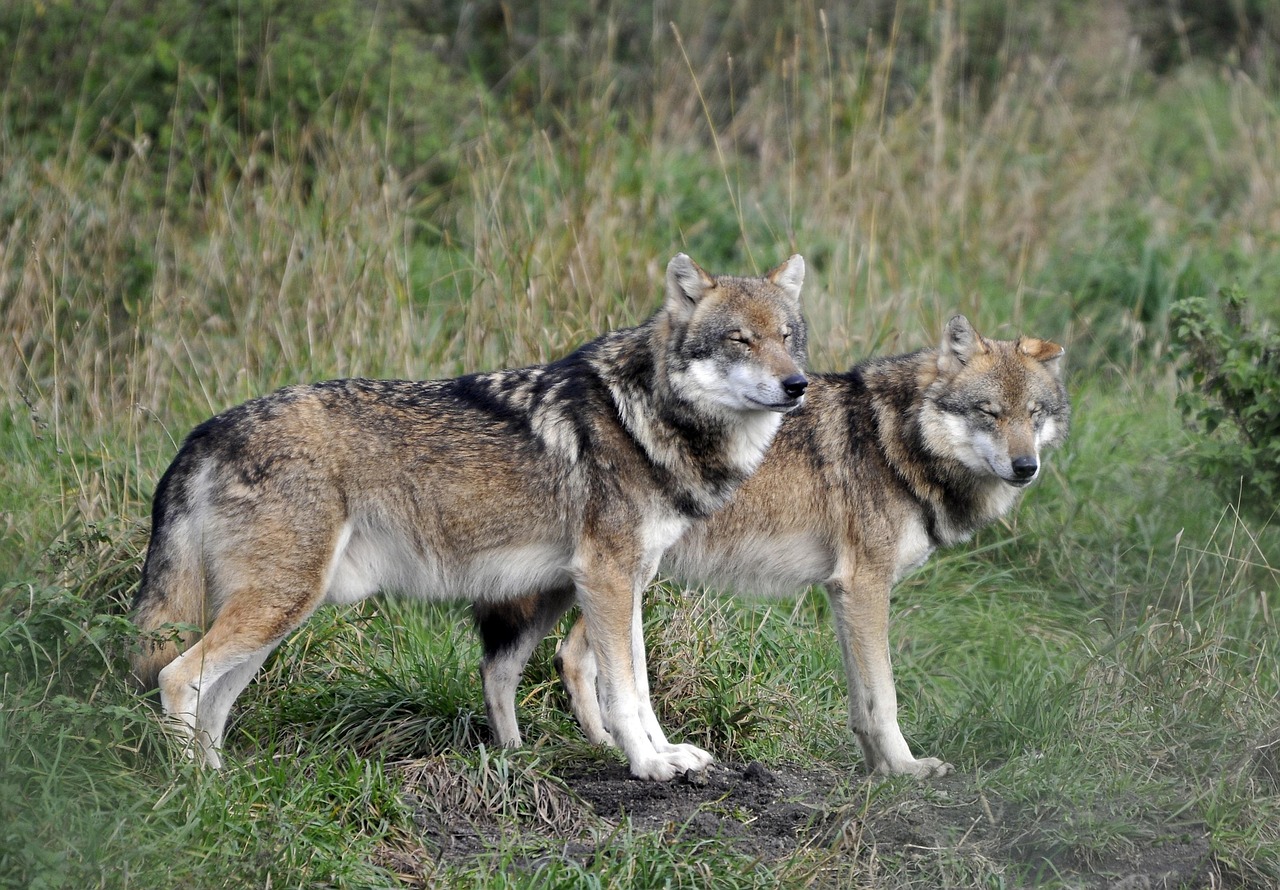
It is illegal in Wisconsin to hunt wolves. Additionally, non-lethal methods must be used to control wolves. According to the Department of Natural Resources, the wolf population is still secure and healthy, with a population of around 1,000. Wisconsin’s commitment to non-lethal management makes bioacoustic monitoring particularly valuable for maintaining this delicate balance.
The state’s extensive forest system creates acoustic corridors where wolf howls can travel for miles. Wisconsin researchers have discovered that wolves adjust their communication patterns based on human activity levels, often increasing vocalization during nighttime hours when recreational activities decrease. This behavioral adaptation demonstrates the sophisticated awareness wolves maintain regarding human presence.
Wisconsin’s bioacoustic data reveals fascinating insights about pack coordination during hunting activities. The recordings capture complex vocal exchanges that appear to coordinate group movements across territories spanning dozens of square miles.
Minnesota: The Howling Heart of Wolf Country
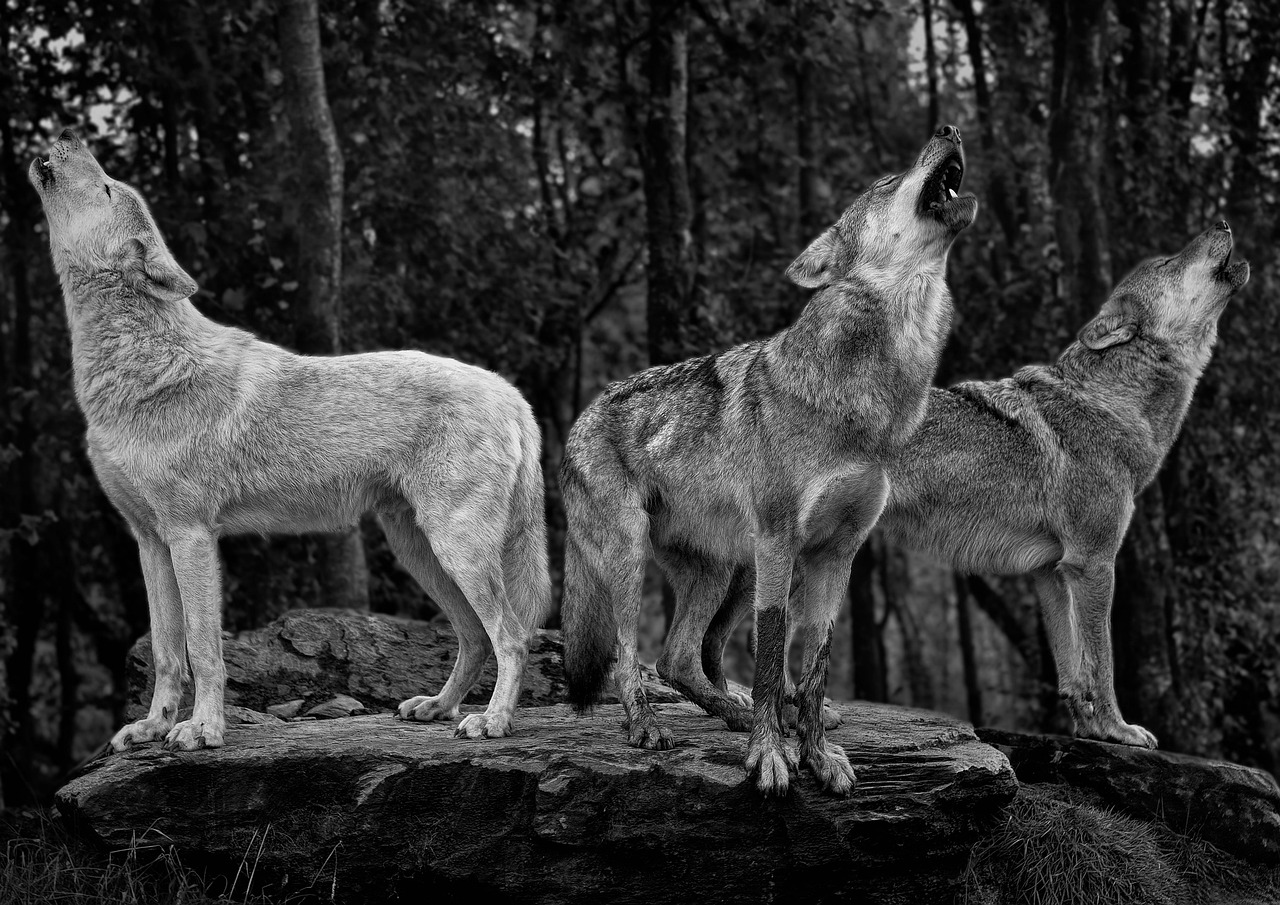
Gray wolves are listed under the ESA as endangered in 44 states, threatened in Minnesota, and under state jurisdiction in Idaho, Montana, Wyoming, portions of eastern Oregon and Washington, and north-central Utah. Minnesota holds a special status in wolf conservation, harboring the largest wolf population in the lower 48 states while maintaining their threatened designation.
The state’s extensive wilderness areas and abundant prey base support thriving wolf populations that provide excellent subjects for bioacoustic research. Minnesota’s participation in these monitoring programs contributes crucial data about wolf behavior in stable populations rather than recovering ones. This perspective offers insights into natural pack dynamics without the complications of population rebuilding efforts.
Minnesota’s researchers have discovered remarkable vocal variations between different regions of the state. Wolves in the northern Boundary Waters region exhibit different communication patterns compared to those in central Minnesota forests, suggesting local dialects may exist within wolf populations.
California: Tracking the Golden State’s Return
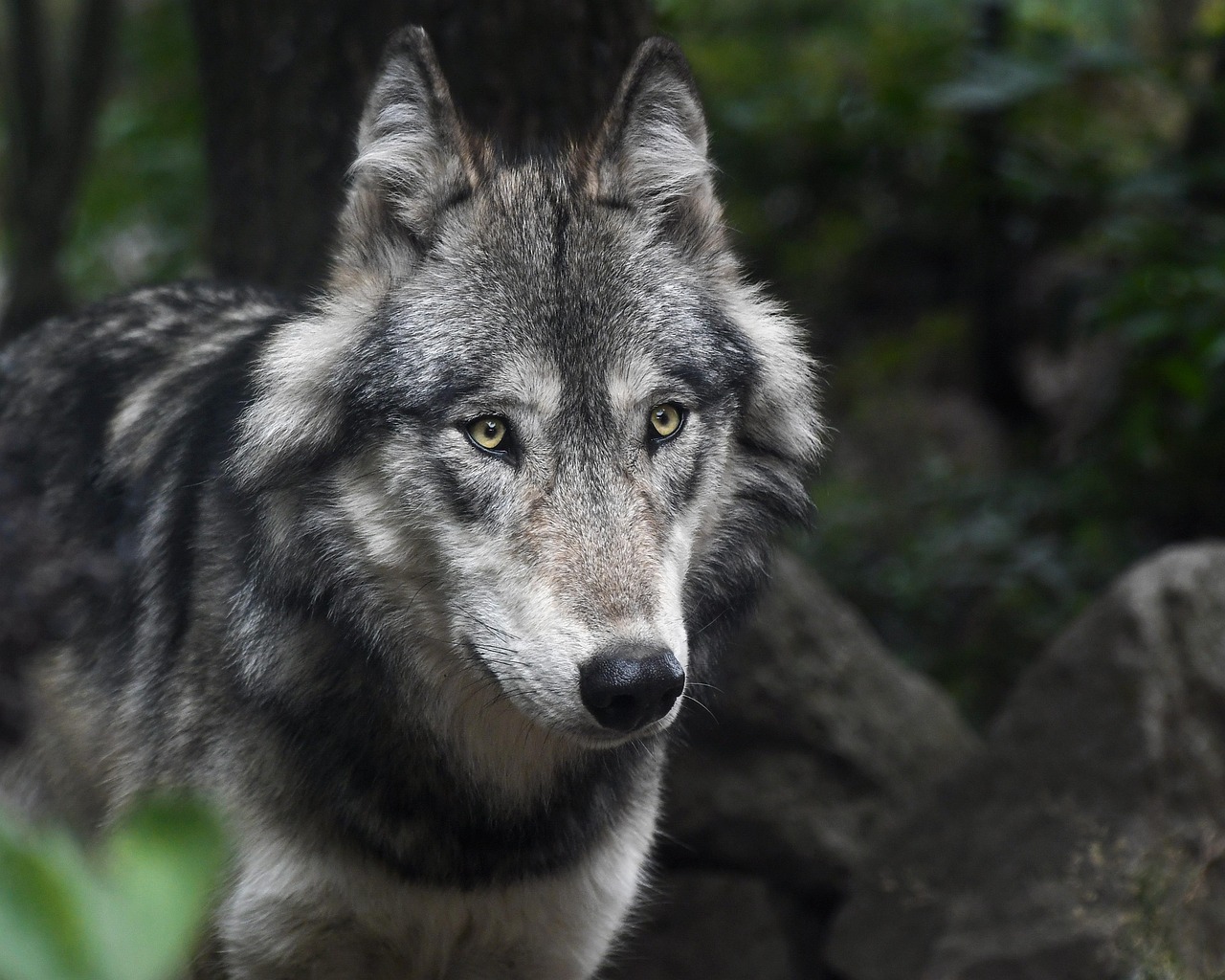
The Service’s analysis in the Species Status Assessment for the Gray Wolf in the Western United States covered the following states: Arizona, California, Colorado, Idaho, Montana, Nevada, New Mexico, Oregon, Utah, Washington, and Wyoming. California represents one of the most exciting frontiers in wolf recovery, with animals naturally returning after nearly a century of absence.
California euthanizes 4 gray wolves after ‘unprecedented’ surge in livestock kills headlines reveal the complex challenges facing wolf recovery in the state. Bioacoustic monitoring becomes crucial for tracking these pioneering animals and understanding their adaptation to California’s unique landscape. The technology allows researchers to monitor wolves without disturbing their critical establishment phase.
California’s diverse terrain, from coastal mountains to desert regions, creates unique acoustic environments that influence how wolf howls travel and how packs communicate. The state’s participation in bioacoustic monitoring provides data about wolf behavior in Mediterranean climates, expanding our understanding beyond traditional northern forest habitats.
Oregon and Washington: Pacific Northwest Pioneers
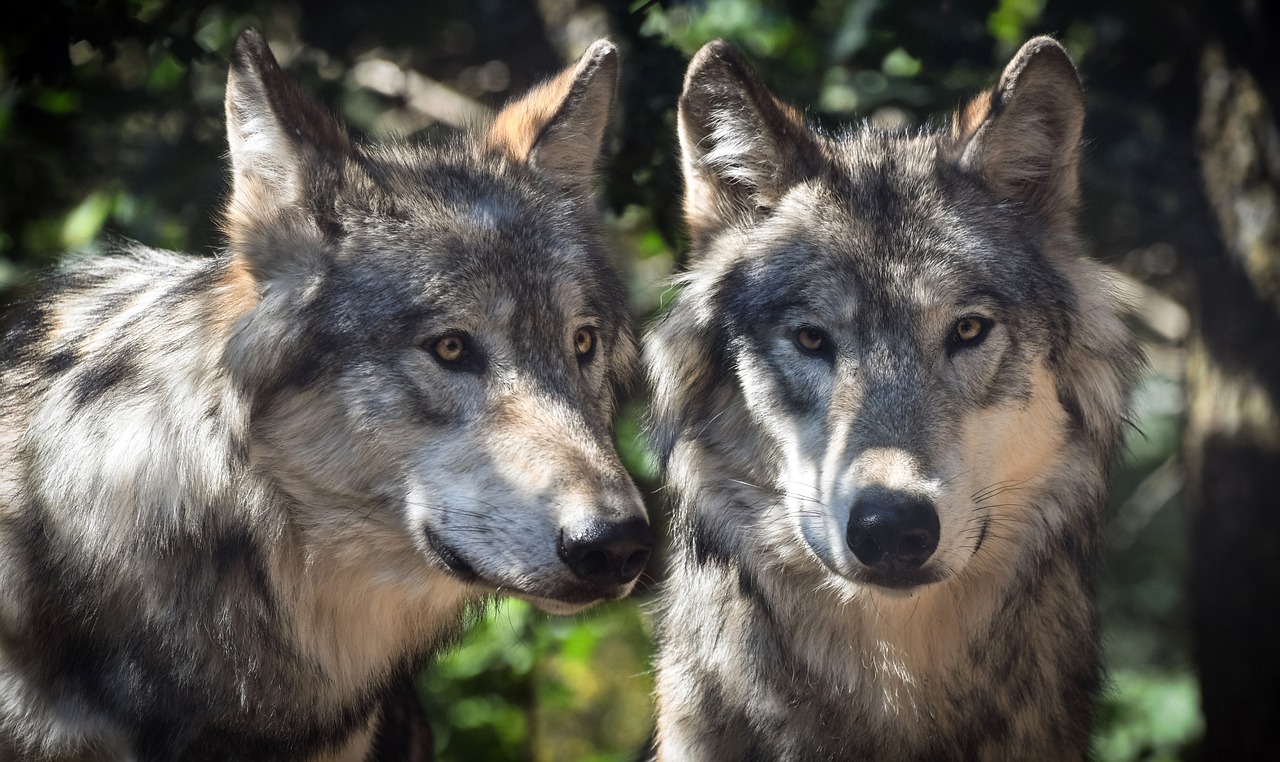
Gray wolves are listed under the ESA as endangered in 44 states, threatened in Minnesota, and under state jurisdiction in Idaho, Montana, Wyoming, portions of eastern Oregon and Washington, and north-central Utah. The Pacific Northwest states represent a complex patchwork of jurisdictions and wolf populations, making coordinated bioacoustic monitoring essential for understanding regional dynamics.
Fish and Wildlife Service considered to be the carrying capacity for the entire the Northern Rocky Mountain states of Idaho, Montana, Wyoming, Oregon, and Washington. These states work together to maintain genetic connectivity between wolf populations, with bioacoustic monitoring helping track cross-border movements and breeding activities.
The region’s old-growth forests create exceptional conditions for long-distance wolf communication. Researchers have documented howls traveling over six miles through these acoustic highways, revealing how wolves utilize terrain features to maximize their vocal range. The data shows pack territories extending far beyond previously understood boundaries.
What the Microphones Are Actually Revealing

“By classifying howls, we are working towards the ability to identify individual packs, or even individual wolves, which would give us the ability to track wolves across space and time passively rather than using tracking collars, as we do today,” said James. “That becomes a powerful tool as it allows us to understand the movement and habitat usage of wolves in a more effective and cost-efficient manner while also gathering magnitudes more data than what we currently are able to collect.”
The revelations emerging from these microphones shatter many assumptions about wolf behavior. Early successes in the project include the creation of a wolf-classifier, trained on a few-shot classifier previously developed by Colossal’s AI core, that can identify individual and chorus howls with over 92% accuracy. This precision allows researchers to track individual animals across vast territories without ever disturbing them.
This becomes an extremely powerful conservation tool as we can begin to show that wolves are not mindless hunters but are emotionally complex, thoughtful, and even empathetic. Anthropomorphizing wolves in this manner can help remove the stigma that wolves have carried with humans for generations, which has led to their persecution
The acoustic data reveals wolves possess complex social dialects, coordinate hunting strategies through sophisticated vocal exchanges, and maintain long-distance relationships between pack members that can span dozens of miles. These discoveries fundamentally change how we understand wolf intelligence and social organization.
These eight states are pioneering a new era of wildlife research where technology serves conservation without intrusion. The microphones scattered across forests and mountains are capturing more than just howls, they’re recording the return of one of America’s most iconic species and teaching us that wolves are far more complex than we ever imagined. What do you think about these technological advances in wildlife conservation? Tell us in the comments.




